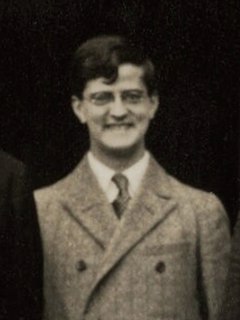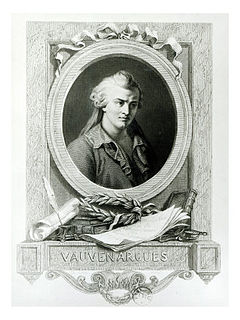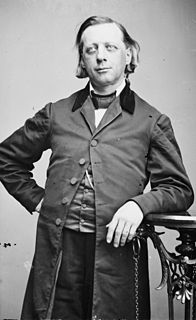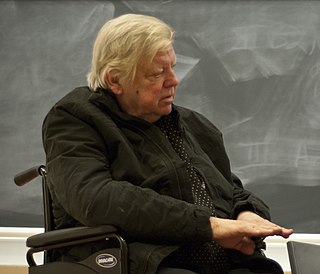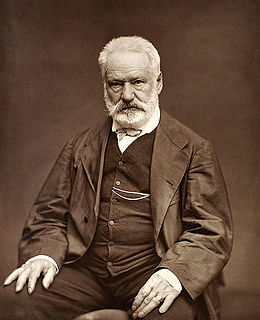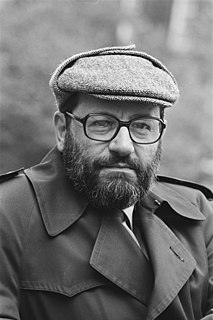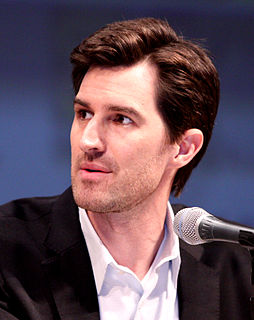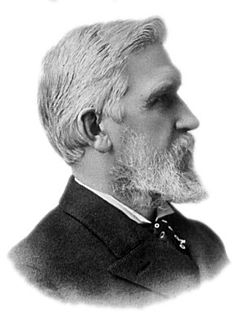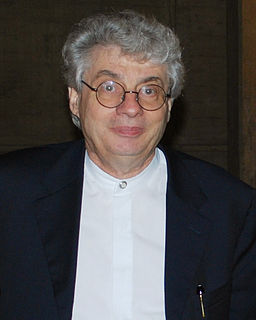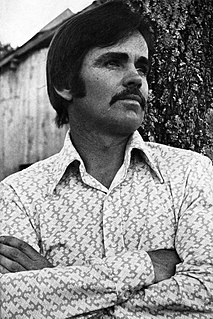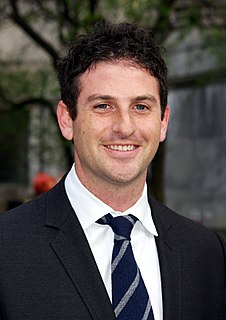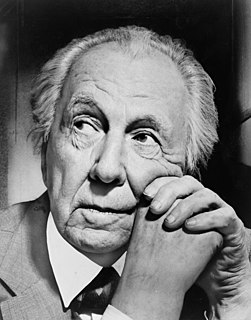A Quote by A. L. Rowse
One might regard architecture as history arrested in stone.
Related Quotes
Architecture is art. I don't think you should say that too much, but it is art. I mean, architecture is many, many things. Architecture is science, is technology, is geography, is typography, is anthropology, is sociology, is art, is history. You know all this comes together. Architecture is a kind of bouillabaisse, an incredible bouillabaisse. And, by the way, architecture is also a very polluted art in the sense that it's polluted by life, and by the complexity of things.
Every thing thinks, but according to its complexity. If this is so, then stones also think...and this stone thinks only I stone, I stone, I stone. But perhaps it cannot even say I. It thinks: Stone, stone, stone... God enjoys being All, as this stone enjoys being almost nothing, but since it knows no other way of being, it is pleased with its own way, eternally satisfied with itself.
When the uncultured man sees a stone in the road it tells him no story other than the fact that he sees a stone ... The scientist looking at the same stone perhaps will stop, and with a hammer break it open, when the newly exposed faces of the rock will have written upon them a history that is as real to him as the printed page.
In history there are no control groups. There is no one to tell us what might have been. We weep over the might have been, but there is no might have been. There never was. It is supposed to be true that those who do not know history are condemned to repeat it. I don't believe knowing can save us. What is constant in history is greed and foolishness and a love of blood and this is a thing that even God--who knows all that can be known--seems powerless to change.
Technology is a tool, and it's a platform. Nobody gets arrested for being a blogger; people get arrested for dissent. Nobody gets arrested for putting information about themselves online; they get arrested for being an activist. I'm a strong believer in the fact that you should not blame the tools; you should blame the circumstances.
Language is the amber in which a thousand precious and subtle thoughts have been safely embedded and preserved. It has arrested ten thousand lightning flashes of genius, which, unless thus fixed and arrested, might have been as bright, but would have also been as quickly passing and perishing, as the lightning.
When we come to understand architecture as the essential nature of all harmonious structure we will see that it is the architecture of music that inspired Bach and Beethoven, the architecture of painting that is inspiring Picasso as it inspired Velasquez, that it is the architecture of life itself that is the inspiration of the great poets and philosophers.
